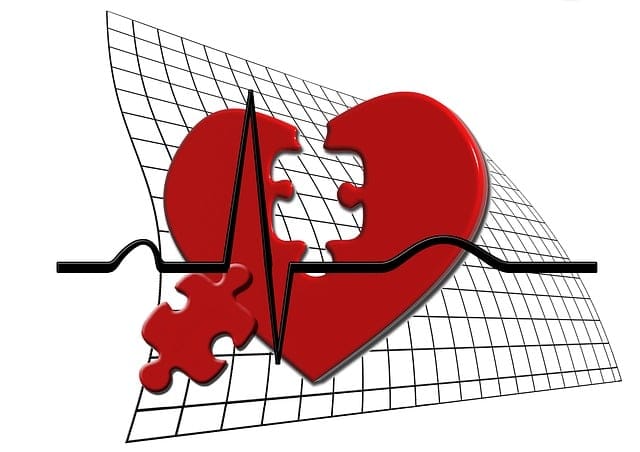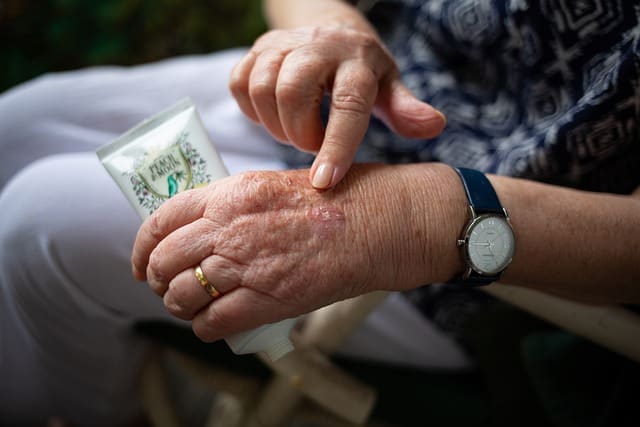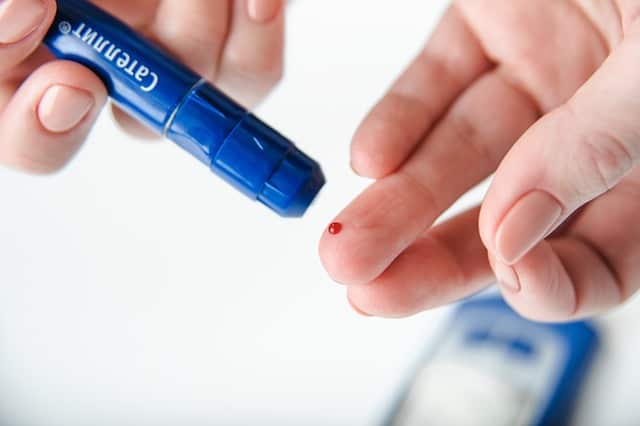Managing blood pressure for obesity is crucial for those who suffer from high blood pressure. High blood pressure, or hypertension, is a common health issue, particularly for those dealing with obesity. The challenge is more pronounced due to the complex interaction between excess weight and cardiovascular health.
As body weight increases, so does the demand on the heart to supply the body with blood, leading to increased pressure on the artery walls. Additionally, obesity can cause direct and indirect changes to the cardiovascular system. These can include alterations in heart structure and function, hormonal imbalances, and inflammation, all of which can contribute to hypertension.
How Obesity Makes Hypertension Worse
Understanding the full scope of how obesity exacerbates hypertension is critical to addressing it. It’s not just the added weight that burdens the heart. Fat cells can produce hormones and other substances, particularly those accumulating in the midsection. These can cause the blood vessels to narrow and stiffen, leading to elevated blood pressure.
These physiological changes often coincide with or are exacerbated by, other obesity-related conditions such as sleep apnea and insulin resistance. These conditions can further complicate blood pressure management.
Lifestyle Modifications: The Foundation of Managing Blood Pressure for Obesity
The first line of defense against high blood pressure for obese individuals is lifestyle change. Dietary adjustments play a crucial role. A dietary approach to stop hypertension is The DASH diet. It recommends eating fruits, vegetables, whole grains, and lean proteins while minimizing sodium intake.
The DASH Diet
Adhering to the DASH diet brings multiple benefits beyond managing blood pressure. It encompasses a nutrient-rich food profile that supports overall health. Fruits and vegetables provide antioxidants that reduce vascular inflammation, while whole grains can improve lipid profiles. Lean proteins contribute to muscle maintenance without the added burden of saturated fats.
Weight Loss Is Key to Managing Blood Pressure for Obesity
Weight loss also stands as a pivotal part of managing high blood pressure. Shedding excess pounds can significantly decrease the strain on the heart and blood vessels. The relationship between weight loss and blood pressure is dose-responsive. As weight falls, blood pressure tends to follow a downward trajectory.
Exercise Is Crucial
You cannot overstate the benefits of regular physical activity. Exercise acts as a powerful countermeasure to high blood pressure. It enhances cardiovascular fitness and endurance. It also boosts the effectiveness of blood pressure medication, meaning individuals may achieve better control with potentially lower doses.
Lastly, it’s essential to highlight the interconnected benefits of these lifestyle changes. Dietary adjustments, weight loss, and exercise lower blood pressure and improve other obesity-related health concerns. In combination, they provide a comprehensive approach to overall health. The American Heart Association recommends at least 150 minutes of moderate-intensity aerobic exercise weekly.
Medication Management Tailoring Treatment to the Individual
For many obese patients, lifestyle changes may need to complement medication. The choice of antihypertensive drugs can vary based on individual health profiles.
Some medications might work better in the presence of obesity, while others could be less effective or have adverse effects. Diuretics, for instance, can be helpful but must be carefully managed to avoid electrolyte imbalances.
Other standard blood pressure medications that health providers can consider are ACE inhibitors, ARBs, and calcium channel blockers. Regular consultations with Healthcare providers can optimize medication regimes for efficacy and safety.
Keeping Track by Managing Blood Pressure for Obesity
Regular monitoring is critical in managing hypertension, especially in individuals with obesity. Home blood pressure monitoring can provide a more accurate picture of blood pressure levels over time and help identify patterns or triggers for hypertension.
It encourages self-management and adherence to prescribed treatment plans. It also aids healthcare providers in making informed decisions about treatments and quickly identifying interventions’ effectiveness.
Use a Monitor
Individuals should invest in a validated, automatic, cuff-style upper-arm monitor for accurate home blood pressure monitoring. Experts don’t recommend wrist and finger monitors because they provide less reliable readings.
Before purchasing a monitor, checking if the cuff fits is also a good idea. Cuffs that are too small or too large can give inaccurate readings. Measure blood pressure at the exact times each day, such as morning and evening. This consistency provides comparable readings to track changes over time.
Measuring Process
Sit in a comfortable chair with back support. Keep legs uncrossed and feet flat on the floor. Rest the arm at heart level on a table or desk and wrap the cuff around the bare upper arm, ensuring it’s snug but not too tight.
Take a moment to relax before measurements. Sit quietly for five minutes before taking a reading to ensure that it reflects resting blood pressure. Do not measure blood pressure right after waking, eating, exercising, or smoking. These activities can affect blood pressure temporarily.
Take at least two readings, 1-2 minutes apart, to ensure accuracy. Record all results to track trends over time. Keep a log or use an app to record readings. Share these with a healthcare provider to make informed treatment and lifestyle modification decisions.
Learn The Measurement Meaning
Learn what the blood pressure numbers mean. The top number (systolic) should ideally be less than 120, and the bottom number (diastolic) less than 80 for most individuals. Be sure to calibrate the monitor regularly.
Check the manufacturer’s recommendation on how often you should use it. Also, consider bringing the device to healthcare appointments to compare its readings with those taken by a professional.
By following these steps, individuals can become active participants in managing their blood pressure. This proactive approach can lead to better control of hypertension. It can also provide a deeper understanding of how lifestyle factors affect blood pressure throughout the day.
Regular home monitoring, along with the guidance of a healthcare provider, can make a significant difference in the long-term management of blood pressure for those with obesity.
Novel Therapies
Beyond conventional treatments, novel medical therapies offer additional avenues for managing blood pressure in obese individuals. These include advancements in drug therapies that target specific pathways influenced by obesity.
Clinical procedures modulating nerve signals between the kidneys and the brain, such as renal denervation, are also being investigated. They have the potential to lower blood pressure. Such innovative treatments represent a promising frontier for those whose hypertension resists standard management tactics.
Managing blood pressure for individuals with obesity involves a multifaceted approach centered on lifestyle changes, proper medication, and vigilant monitoring. These strategies should be personalized, considering each individual’s unique health circumstances.
The Ultimate Goal of Managing Blood Pressure for Obesity
The ultimate goal is to control blood pressure and enhance overall cardiovascular health and quality of life. Patients need to work closely with their healthcare providers as their journey to manage hypertension continues. Working together, they can adjust their management plans for optimal results.
Legal Disclaimer: The content provided on obesitywoes.com is for general informational purposes only. It is not intended as health advice, nor does it constitute a medical practitioner-patient relationship. The information may not be accurate, complete, or updated at the time of viewing. Obesitywoes.com and its authors disclaim all liability for any actions taken or not taken based on the content of this site. Always consult with a registered medical practitioner in your area before making any health decisions. This website may contain links to other websites. We are not responsible for the content, accuracy, or opinions expressed on such websites, and such websites are not investigated, monitored, or checked for accuracy or completeness by us.






